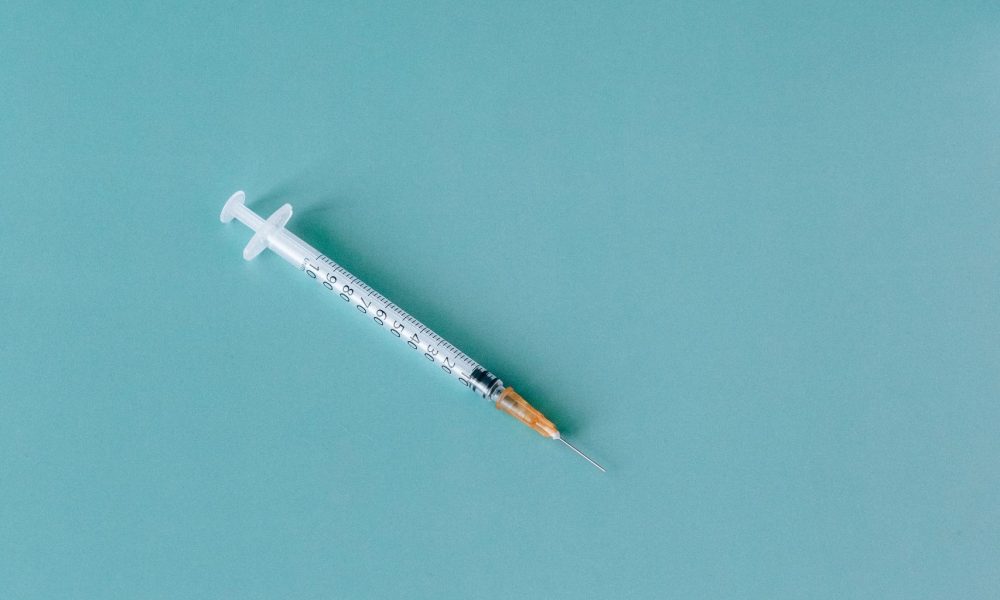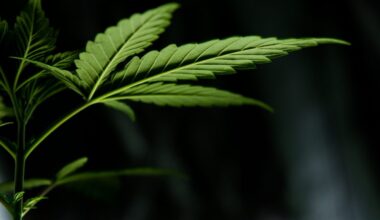A California bill to create a safe drug consumption site pilot program is heading to the governor’s desk following a Senate vote on Monday.
The legislation from Sen. Scott Wiener (D) previously moved through the chamber before being amended and passed in the Assembly in June. Now the Senate has concurred with the changes in a 21-11 vote, sending it to Gov. Gavin Newsom (D).
It’s been a years-long journey for SB 57, which was first introduced in December 2020 and first passed the full Senate in April 2021.
The legislation would only make it so San Francisco, Los Angeles, Los Angeles County and Oakland would be eligible to open the harm reduction centers under an initial volunteer pilot program, lasting through January 1, 2028.
The Senate just gave final approval to our bill (SB 57) to authorize safe consumption sites in SF, Oakland & LA. It now heads to the Governor.
We’re seeing an escalation in overdose deaths. These sites are a proven strategy to save lives & get folks into treatment. It’s time.
— Senator Scott Wiener (@Scott_Wiener) August 1, 2022
“We’re seeing an escalation in overdose deaths,” the senator said following Monday’s Senate vote on the bill. “These sites are a proven strategy to save lives & get folks into treatment. It’s time.”
Former Gov. Jerry Brown (D) vetoed similar legislation in 2018. Newson, for his part, has long been an outspoken critic of the war on drugs and, for example, helped to lead the charge to legalize cannabis in the state.
If the measure is enacted into law, California would not be the first state to take the bold harm reduction step. The governor of Rhode Island signed a historic bill last year to establish a safe consumption site pilot program.
Meanwhile, in California, Wiener is also separately sponsoring a bill that would legalize psychedelics possession for adults 21 and older. That Senate-passed measure is expected to go before the Assembly Appropriations Committee on Wednesday before potentially being cleared for floor action.
The safe consumption site legislation is another effort by the senator to incorporate harm reduction policies in the Golden State.
A study published by the American Medical Association (AMA) last month found that the first sanctioned safe consumption drug sites in the U.S. have decreased overdose risk, steered people away from using in public and provided other ancillary health services to people who use currently illicit substances.
The research letter, published in AMA’s Journal of the American Medical Association, looked at data from two overdose prevention centers that opened in New York City late last year with city approval. Over the course of two months, trained staff at the sites intervened in 125 instances to mitigate overdose risk, administering naloxone and oxygen and providing other services to prevent deaths.
While New York is allowing the harm reduction centers to operate, and city health officials have touted the early results of the services, federal statute has been interpreted as barring such facilities, and the Justice Department is actively in litigation that started during the Trump administration over a Philadelphia-based non-profit organization’s attempt to open a safe consumption site.
The White House drug czar recently said that the Biden administration is reviewing broader drug policy harm reduction proposals, including the authorization of supervised consumption sites—and he went so far as to suggest possible decriminalization.
—
Marijuana Moment is tracking more than 1,500 cannabis, psychedelics and drug policy bills in state legislatures and Congress this year. Patreon supporters pledging at least $25/month get access to our interactive maps, charts and hearing calendar so they don’t miss any developments.![]()
Learn more about our marijuana bill tracker and become a supporter on Patreon to get access.
—
While the Biden administration is still investigating the clinical efficacy of such facilities, Office of National Drug Control Policy (ONDCP) Director Rahul Gupta said that the proposal to lift the existing federal ban is on the table.
DOJ said in February that it is actively “evaluating supervised consumption sites, including discussions with state and local regulators about appropriate guardrails for such sites, as part of an overall approach to harm reduction and public safety.”
In October, the Supreme Court rejected a request to hear a case on the legality of establishing the Safehouse facilities, but the case is still before a lower federal court. Safehouse plaintiffs say that they’ve had “productive” conversations with DOJ in recent months, which is part of the reason why they’ve mutually agreed to extend the deadline for a federal response in the case several times.
The National Institutes of Health (NIH) put out a pair of requests for applications (RFAs) in December for an effort that will provide funding for efforts to investigate how that and other harm reduction policies could help address the drug crisis.
Gupta previously said that it’s critical to explore “any and every option” to reduce overdose deaths, and that could include allowing safe consumption sites for illegal substances if the evidence supports their efficacy.
The secretary of the U.S. Department of Health and Human Services (HHS), Xavier Becerra, has also signaled that the Biden administration would not move to block the establishment safe injection sites, stressing that “we are literally trying to give users a lifeline.”
But a department spokesperson later walked those remarks back, stating that “HHS does not have a position on supervised consumption sites” and the “issue is a matter of ongoing litigation.” In any case, it would be up to DOJ to decide whether to pursue operators of the facilities under the Controlled Substances Act.
Meanwhile, a New York Assembly committee also advanced a bill in May to establish a statewide safe consumption site program, allowing regulators to authorize facilities where people could use currently illicit drugs in a medically supervised environment.
In a setback for advocates, however, Vermont’s governor recently vetoed a bill that would have simply created a working group tasked with crafting a plan to open safe consumption sites.
A poll released in April found that a majority of Americans (64 percent) support allowing safe consumption sites.
Medical Disclaimer:
The information provided in these blog posts is intended for general informational and educational purposes only. It is not a substitute for professional medical advice, diagnosis, or treatment. Always seek the advice of your physician or other qualified healthcare provider with any questions you may have regarding a medical condition. The use of any information provided in these blog posts is solely at your own risk. The authors and the website do not recommend or endorse any specific products, treatments, or procedures mentioned. Reliance on any information in these blog posts is solely at your own discretion.







